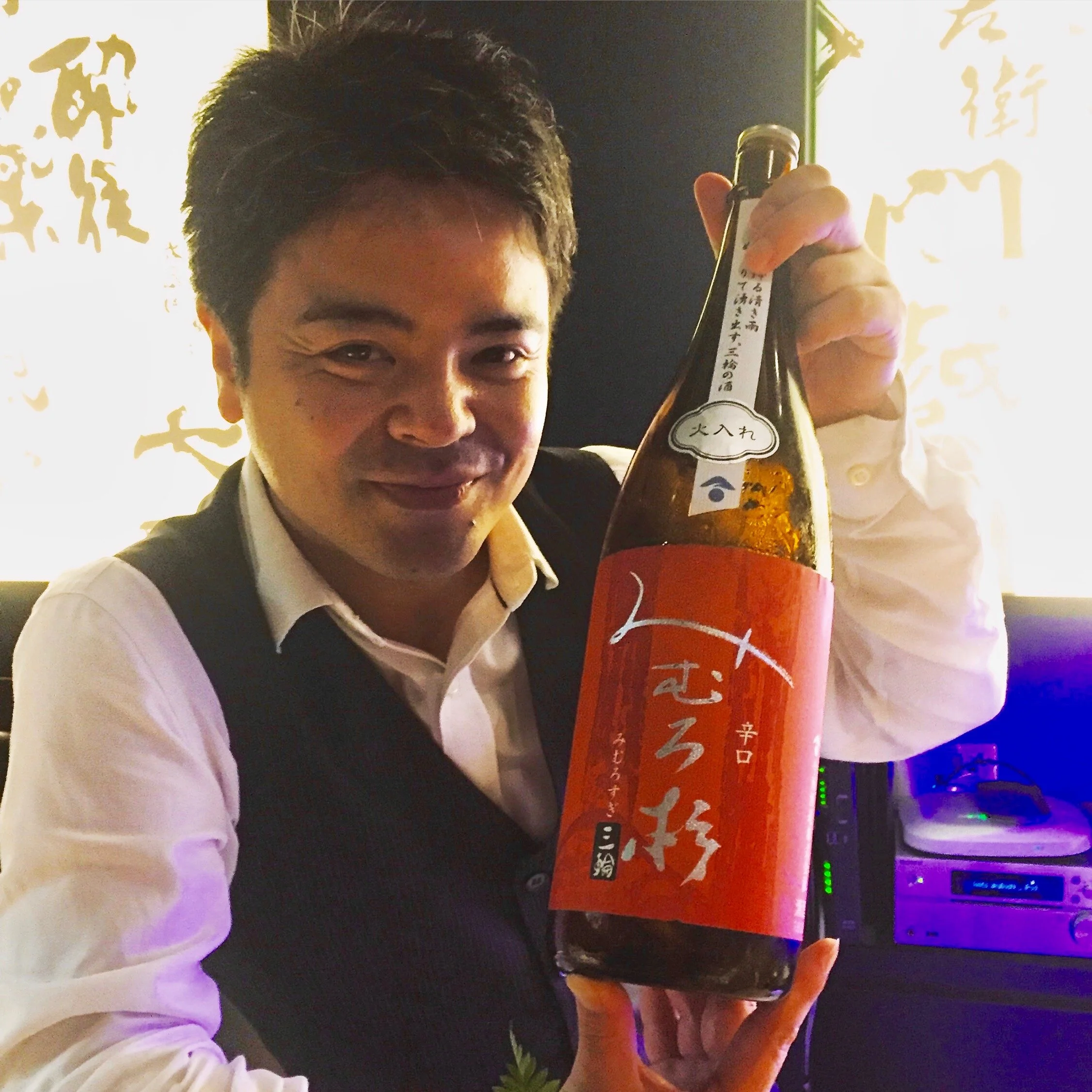The name Rule of Thirds is both a nod to the space’s design-centric origins, and the “synergy and collaboration” that is at the core of the restaurant. “The most interesting things happen at the intersection of the grid lines.”
All tagged sake
How Japanese Sake Breweries are Coping with the Covid-19 Pandemic
The double blow to craft breweries of losing domestic sales to big-city sake specialty bars and restaurants, along with the temporary collapse of the booming overseas market, has been devastating. Yet some markets, like the China export trade, are now bigger than before the pandemic.
World Sake Day 2021 Celebrations around the Globe
In New York, where there is such a concentration of sake expertise as well as great sakes available through retail, izakayas, bars and restaurants, the must-join event is The American Sake Association’s in-person celebration at the Brooklyn Kura Taproom.
Decibel: New York City's First, and Coolest, Sake Bar
When Decibel turned 21 in 2014, the staff decided it should celebrate its arrival at legal drinking age by throwing a party. During a week of celebratory events, they held open mic nights, during which guests told their favorite drinking stories before downing a shot of sake.
Keita Akaboshi: Pairing Sake with Japanese Convenience Store Sweets and Snacks
“There is no one correct pairing for a sake, each pairing is merely one proposal.”
—Keita Akaboshi, Tokyo sake sommelier
Arkansan Chris Isbell: America's Pioneering Premium Sake Rice Farmer, Part II
The early 1990s were the celebrity years for Isbell and his farm. He counted a total of 100 articles written about him and his Koshihikari rice in the Japanese press, which in turn brought Japanese tourists by the Greyhound bus load…. A film crew from Japanese broadcaster NHK embedded at the farm for a year to make a 90-minute documentary on him.
Sake Lovers: Yuki Imanishi and Kyoko Nagano Build Bridges Between Japanese Sake and Foreign Buyers
“We have so many sake retailers here in Japan and sites that introduce sake to Japanese people, plus online retail sites like Rakuten and Amazon. But a lot of expats don’t know where to find good sake.”
Arkansan Chris Isbell: America's Pioneering Premium Sake Rice Farmer
Chris Isbell, a third-generation family farmer in Central Arkansas, grows some of America’s best sake rice.
Challenging Times at British Columbia's YK3 Brewery
“I still think that sake, especially when it’s made locally, has the potential to grow. But I have to admit that Covid has significantly slowed the growth of the sake market in BC.”
Hishiroku Kyoto: Japan's Oldest Koji Merchant
“During World War II my grandmother was arrested and put in jail on suspicion of diverting rice to be sold on the black market for food.”
The Story Behind the Sake Label: Terada Honke's "Gonin Musume"
Keisuke truly loved microbes—after all, they had restored him to life! So he decided he wanted to return to the healthier, pre-industrial ways of sake making where no chemical inputs were used and the living microbes were not completely removed.
Is Sake Good for Your Health?
“I believe that drinking a little sake every day is good for customers’ health.” — So Okasora, Chiyomusubi Brewery.
America's First Sake-Making Dynasty?
Because it was created as a brand that would represent San Francisco, Olivia says, “I wanted to get creative with the naming.” She also wanted to convey that this was a different kind of nigori sake. “Hazy,” accurately described its less cloudy characteristic, and adding “Delight,” she realized made it “sound just like a cannabis strain. I thought that was perfect for a uniquely San Francisco sake.”
The Science of Sake Aromas
“Lighter fluid or stove fuel, scorched oil, a vinegar dressing, a deviled egg, a just-unwrapped cheese, a sip of wine or rum: all offer distant echoes of the early cosmos, sensible traces of the inherent, relentless creativity with which matter explores its own possibilities.”
Challenged by Covid-19, Sake Makers Turn to Distilling Spirits
One of the attractions of the growing Japanese craft gin movement, along with expert blending, is its use of indigenous botanicals.
RWE: Notes on Sake is on Hiatus
Rice, Water, Earth: Notes on Sake is on hiatus for the next month.
Sawada Brewery: Weaving Rope Baskets, Sticking to Tradition
Although today you can find a small but growing number of breweries that are going back to traditional Edo or even pre-Edo period sake-making styles (Aramasa Brewery in Akita and Senkin Brewery in Tochigi are two), Sawada Brewery is rare in that it never really gave up these traditions.
Seven Ways to Smell the Roses: Exploring the World of Sake Flower Yeasts
The Tokyo University of Agriculture has historically had close ties with Japan’s Imperial family. In part this was because as quasi-gods, a large part of the family’s mandate was to protect the livelihood of the nation’s farmers.
The Secret Language of Sake Labels: Zaku “Ho no Tomo”
“It’s my wish that you make this sake as if it were your own child.”
How to Become a Master Sake Brewer, Part II
“We don’t tailor our schedule to human needs, but prioritize the microorganisms that work twenty-four-seven. We’re making traditional sake here, so we want to preserve the good parts of the traditional work of Fukumitsuya, while also accommodating modern work life.”




















